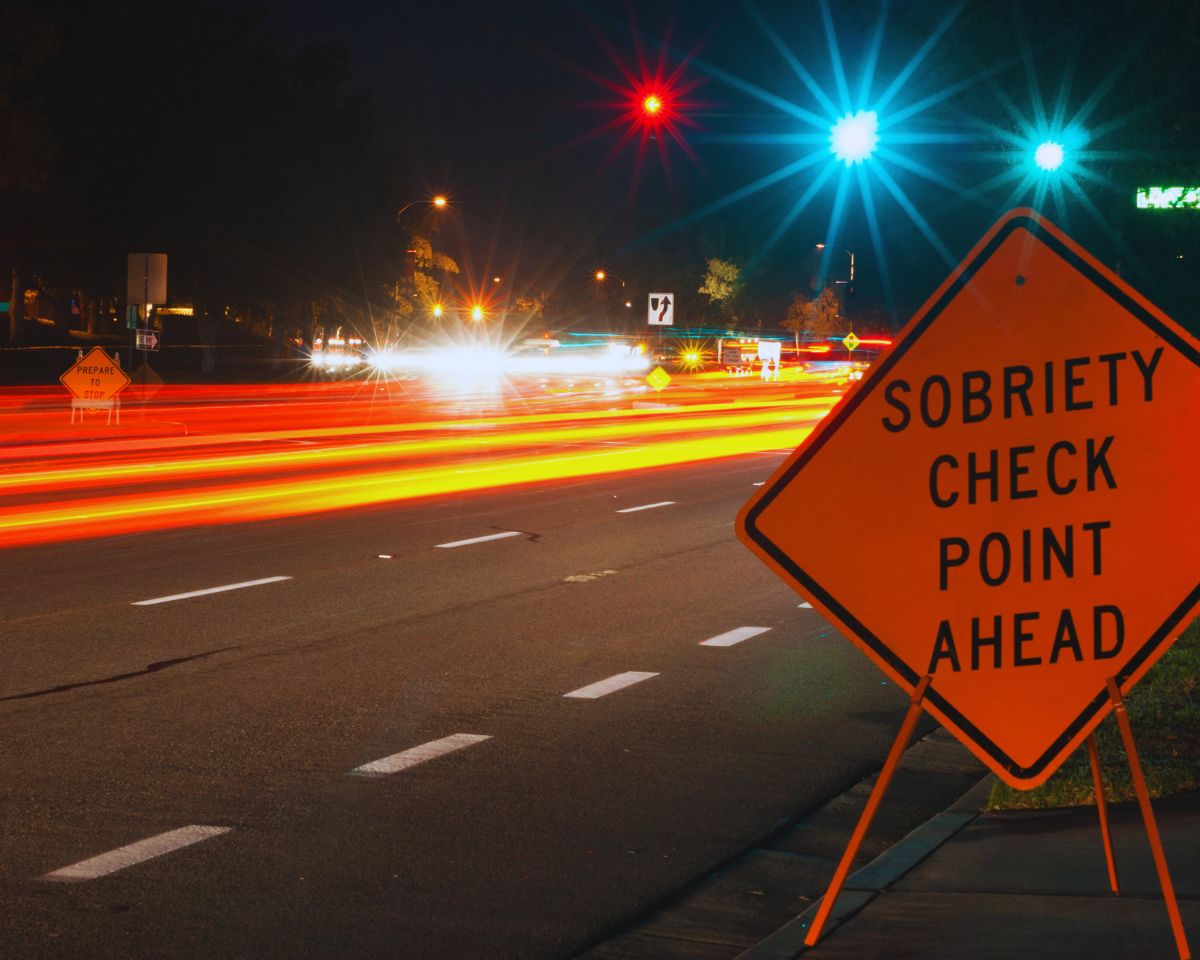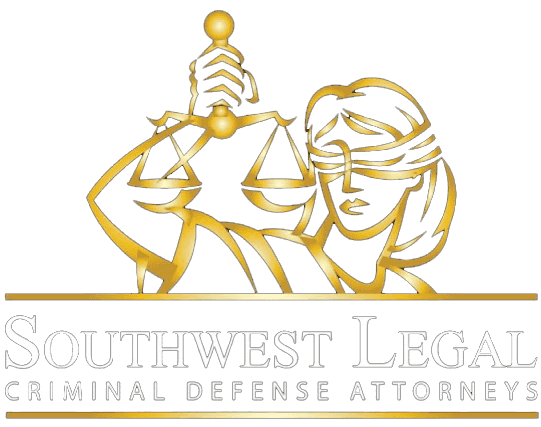In California, the safety of its residents is a top priority for law enforcement agencies. To keep roadways safe from impaired drivers, the state employs various strategies, one of which is the use of DUI sobriety checkpoints. These checkpoints allow law enforcement officers to stop drivers at predetermined locations and assess whether they are driving under the influence of alcohol or drugs. California Vehicle Code Section 2814.2 (VC 2814.2) plays a crucial role in regulating these sobriety checkpoints, ensuring that they are set up and conducted in a lawful and constitutional manner.
In this blog post, we will delve into California Vehicle Code § 2814.2, explain what it means, how it impacts drivers, the legal requirements for sobriety checkpoints, and how this law helps law enforcement maintain public safety.
What is California Vehicle Code § 2814.2?
California Vehicle Code § 2814.2 specifically addresses the legal guidelines for DUI sobriety checkpoints in the state. The law permits law enforcement officers to establish checkpoints on public roads to check drivers for signs of driving under the influence of alcohol or drugs. The full text of the statute reads as follows: 2814.2
(a) A driver of a motor vehicle shall stop and submit to a sobriety checkpoint inspection conducted by a law enforcement agency when signs and displays are posted requiring that stop.
(b) Notwithstanding Sections 14602.6 and 14607.6, a peace officer or any other authorized person shall not cause the impoundment of a vehicle at a sobriety checkpoint if the driver’s only offense is a violation of Section 12500.
(c) During the conduct of a sobriety checkpoint, if the law enforcement officer encounters a driver who is in violation of Section 12500, the officer must make a reasonable attempt to identify the registered owner of the vehicle. If the registered owner is present or the officer can identify the registered owner and obtain their authorization to release the motor vehicle to a licensed driver, the vehicle shall be released to either the registered owner (if they are licensed) or to the licensed driver authorized by the registered owner. If a notice to appear is issued, the officer must include the name and driver’s license number of the licensed driver to whom the vehicle was released on the officer’s copy of the notice. If the vehicle cannot be released, it shall be removed pursuant to subdivision (p) of Section 22651, whether a notice to appear has been issued or not.
Under VC 2814.2, drivers are legally required to stop and submit to a sobriety checkpoint inspection when signs and displays are posted by law enforcement agencies indicating such a stop. This provision ensures that sobriety checkpoints are clearly marked, allowing drivers to be aware when they are approaching a checkpoint. By requiring clear signage and display, the law ensures that checkpoints are not random or arbitrary, respecting individuals’ constitutional rights.
The main goal of VC 2814.2 is to provide a framework for conducting sobriety checkpoints in a lawful manner while balancing the need for public safety with constitutional protections, particularly those under the Fourth Amendment.
Key Requirements for DUI Sobriety Checkpoints
VC 2814.2 sets forth specific guidelines that law enforcement must adhere to when conducting DUI sobriety checkpoints. These requirements ensure that checkpoints are conducted fairly, transparently, and in a manner that respects the rights of individuals. Some of the key provisions include:
1. Advance Notice of Checkpoints
The law mandates that sobriety checkpoints must be publicized in advance. This means that law enforcement agencies are required to provide prior notice to the public about the dates, times, and locations of sobriety checkpoints. While this is intended to encourage drivers to stay sober and to promote general awareness, it is also an important measure to ensure that checkpoints do not appear randomly or arbitrarily set up, thereby reducing the potential for abuse.
In many cases, law enforcement agencies will issue press releases or use social media to alert the public about an upcoming DUI checkpoint. However, the timing and scope of the notification may vary based on local jurisdictional practices.
2. Checkpoint Location
According to VC 2814.2, DUI checkpoints must be located in areas that are known to have a high rate of alcohol or drug-related accidents. This ensures that law enforcement resources are focused on areas where impaired driving is a significant concern. Checkpoints cannot be set up in random or unpredictable locations, as this would violate due process rights and could be considered an unreasonable seizure under the Fourth Amendment.
Additionally, the location of the checkpoint must be clearly marked, ensuring that drivers are aware that they are approaching a checkpoint. Adequate signage, including flashing lights and warning signs, should be visible for a reasonable distance before the checkpoint.
3. Checkpoint Operations
The operation of the checkpoint itself is governed by several rules intended to ensure fairness and safety. For example:
Equal Selection of Vehicles: Law enforcement officers must stop vehicles in a systematic, non-discriminatory manner. Common practices include stopping every fourth or fifth vehicle. This ensures that all drivers are treated equally, and no one is singled out unfairly.
Officer Training: Officers assigned to sobriety checkpoints are typically required to have specialized training in detecting impaired drivers. This includes recognizing signs of alcohol or drug impairment, such as slurred speech, bloodshot eyes, or the smell of alcohol.
Brief and Efficient Stops: The stops at DUI checkpoints must be brief and minimally intrusive. Officers may ask for a driver’s license, registration, and proof of insurance, and they may ask a few questions about the driver’s sobriety. However, the stop should not extend beyond what is necessary to determine whether the driver is impaired.
4. No Random or Arbitrary Stops
While law enforcement officers have the legal authority to conduct sobriety checkpoints, VC 2814.2 ensures that the stops are not random or arbitrary. The law requires that:
The checkpoint is set up according to predetermined guidelines established by the law enforcement agency, including factors such as time, location, and the method used to select vehicles for stops.
The officers’ discretion is limited during the checkpoint operation. They cannot decide at random who to stop or inspect, and all drivers must be treated fairly.
These guidelines are intended to prevent any potential abuse or discrimination in the enforcement of the law.
Legal Challenges and Constitutional Concerns
One of the most common legal concerns associated with DUI sobriety checkpoints is whether they violate an individual’s Fourth Amendment rights against unreasonable searches and seizures. In general, the U.S. Supreme Court has upheld the constitutionality of sobriety checkpoints under certain conditions, acknowledging that the government has a legitimate interest in preventing impaired driving and protecting public safety.
However, California Vehicle Code § 2814.2 ensures that sobriety checkpoints in the state meet specific criteria that help mitigate potential constitutional concerns. By requiring advance notice, limiting officer discretion, and ensuring checkpoints are set up in high-risk areas, the law aims to prevent abuse while maintaining the effectiveness of DUI enforcement.
If a checkpoint does not comply with these regulations, such as by failing to provide prior notice or operating without a lawful purpose, evidence obtained at the checkpoint could potentially be excluded in court. This is why it is crucial for law enforcement agencies to follow VC 2814.2 carefully.
Penalties for DUI Violations at Sobriety Checkpoints
If you are stopped at a DUI sobriety checkpoint and found to be driving under the influence of alcohol or drugs, you can face severe consequences. California law prescribes the following penalties for DUI offenses:
First Offense: A fine of up to $1,000, mandatory DUI education, and a suspension of your driver’s license for up to 6 months. You may also face probation and, in some cases, a short jail sentence.
Second and Subsequent Offenses: Penalties become more severe with subsequent offenses, including longer license suspensions, higher fines, and mandatory installation of an ignition interlock device.
Additionally, if you are arrested and convicted of a DUI at a checkpoint, the impact on your driving record, insurance rates, and criminal history can be significant.
The Impact of DUI Sobriety Checkpoints on Public Safety
DUI sobriety checkpoints are proven to be an effective tool in reducing impaired driving and preventing traffic accidents. By deterring drivers from driving under the influence, sobriety checkpoints help reduce fatalities and injuries caused by impaired driving. Studies indicate that these checkpoints lead to a decrease in alcohol-related accidents, ultimately making roads safer for all drivers.
What to Know If You Encounter a DUI Sobriety Checkpoint
For many drivers, encountering a DUI checkpoint can seem inconvenient or stressful. However, it’s essential to remember that the primary goal of these checkpoints is to increase public safety. Understanding your rights and responsibilities during the stop can help reduce confusion and stress.
Here are some key things to know if you are stopped at a DUI checkpoint:
You Have the Right to Refuse Field Sobriety Tests (But Not Breath Tests)
If stopped at a DUI checkpoint, you may refuse to take field sobriety tests (such as walking a straight line). However, under California’s implied consent laws, refusing a breathalyzer test could lead to serious consequences, including a suspension of your driver’s license.You Must Stop When Signaled by Officers
When approaching a DUI checkpoint, it’s essential to stop when instructed by law enforcement. If you attempt to avoid the checkpoint by turning around or taking evasive action, officers may have grounds to stop and question you further.You Must Provide Requested Documents
During the stop, law enforcement may request your driver’s license, vehicle registration, and proof of insurance. Failure to provide these documents can result in a citation or additional legal consequences.
Conclusion
California Vehicle Code § 2814.2 establishes important regulations for the operation of DUI sobriety checkpoints, ensuring they are conducted lawfully, transparently, and in a manner that protects individuals’ constitutional rights. While sobriety checkpoints are a powerful tool in the fight against impaired driving, the law ensures that they are carried out fairly and consistently. By understanding these regulations, both law enforcement officers and drivers can navigate DUI checkpoints in a way that promotes public safety without infringing on individual rights.
If you are ever stopped at a DUI checkpoint, it’s important to know your rights and the procedures that must be followed. If you believe your rights have been violated at a checkpoint, consult with a qualified DUI attorney at Southwest Legal. Their experienced team can help you understand your options and the potential impact on any legal proceedings. Don’t navigate the complexities of DUI laws alone— call us today for the expert guidance you need.





